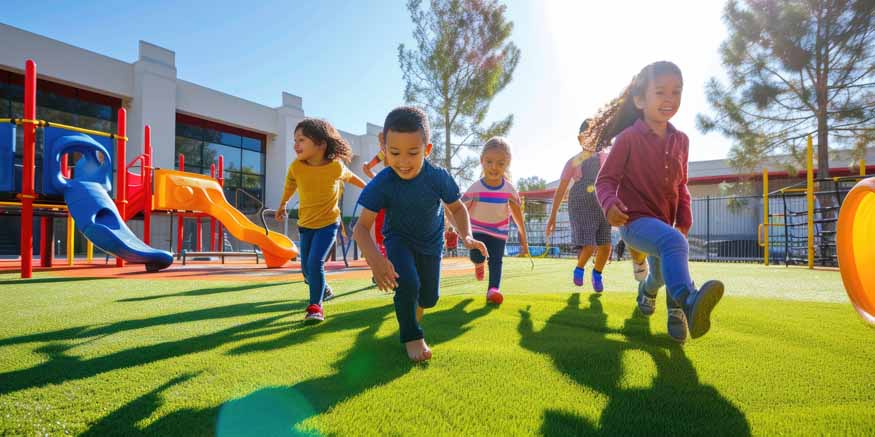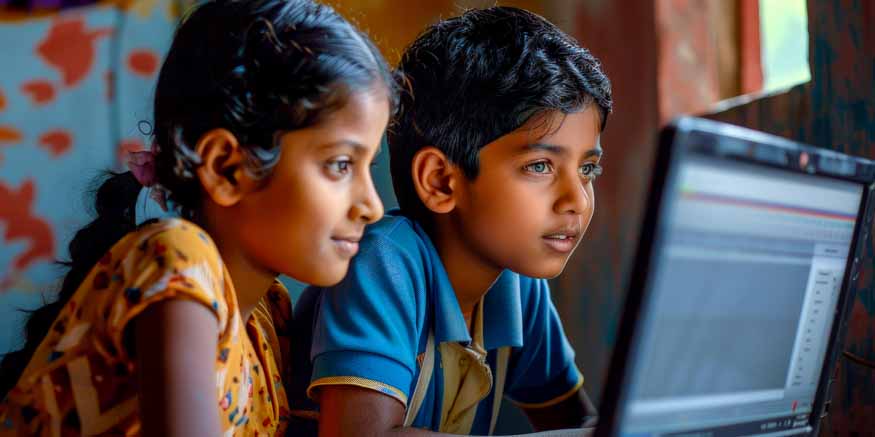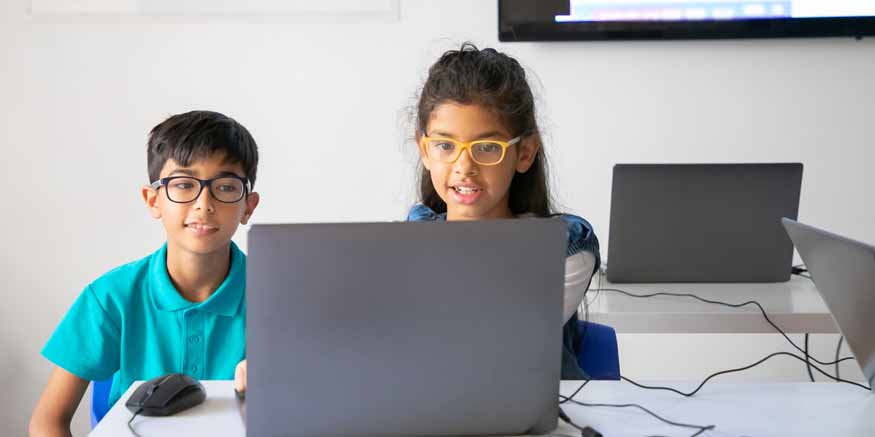Learning about time zones is a fascinating experience that introduces children to the interconnectedness of the world. Teaching kids about time zones can be a fun and educational activity. In this guide, we will help you explain the concept of time zones, along with games and tips on how to make learning about them enjoyable.
Also read: Time Management Skills for kids
Mystery of Time Zones
- Introduction to Time Zones
- Mapping Different Time Zones
- Learning Time Zone Facts
Start by explaining what time zones are. Teach children that the world is divided into twenty-four time zones, each corresponding to a different region. Discuss why time zones were established and how they affect our daily lives. Mention historical events like the creation of time zones in the 19th century and their role in international cooperation.
Explore a world map with your kids and identify different time zones. Highlight key regions and their corresponding time differences. Use visual aids and interactive maps to make the learning experience more engaging. Discuss specific examples, like the International Date Line and its effects on time.
Share fun facts about time zones. Discuss trivia about countries with unique time zone situations, such as those with half-hour or 45-minute differences. Create a quiz or game to make learning time zone facts enjoyable. For example, mention that China, despite its vast size, operates under a single time zone.
Also read: Learning Clock Activities That Preschoolers Will Enjoy
Activities for Teaching Time Zones
- Time Zone Relay
- Crafting a Time Zone Clock
- Interactive Technology
Organize a time zone relay game where kids move across designated areas representing different time zones. This hands-on activity helps them grasp the concept of time differences as they “travel” from one zone to another. Add challenges related to time conversions to make it both educational and entertaining.
Engage in a creative craft activity by making a time zone clock. Use paper plates and markers to create a clock that displays different time zones. This visual aid serves as a useful learning tool. Introduce the idea of how the Earth’s rotation impacts time zones.
Leverage educational apps and online tools that teach kids about time zones. Explore interactive websites or games that provide both amusement and education during the learning process. Some apps allow children to virtually visit other time zones and learn about the cultures of those regions.
Also read: Time Management for Kids
Teaching Time Zones in Daily Life
- Connecting with Friends Worldwide
- Global Cuisine Adventure
- Virtual Travel Diary
Encourage your kids to have pen pals or virtual friends from different parts of the world. This personal connection allows them to understand the real-life implications of time zone variations when scheduling calls or virtual meet-ups. Discussing cultural differences and daily routines can be a part of this cross-cultural exchange.
Explore the culinary world by cooking or trying dishes from different time zones. Discuss mealtime habits in various regions and how they relate to local time. This activity not only introduces time zone concepts but also promotes cultural awareness and appreciation of global diversity.
Create a virtual travel diary where kids “visit” different countries and note the time differences. Include interesting facts about each location and its cultural significance. This activity enhances their understanding of time zones and encourages research skills and geographical knowledge.
The Global Impact of Time Zones
- World Events and Time Zones
- Time Zones in Space Exploration
- Time Zone Stories
Connect the concept of time zones to global events. Discuss how major events, such as New Year’s celebrations or international sports competitions, unfold across different time zones. This helps kids recognize the practical implications of time zones in a global context.
Introduce the connection between time zones and space exploration. Discuss how astronauts experience different “time zones” in space and how mission control adjusts schedules based on Earth’s time zones. This can spark interest in science and space exploration.
Encourage creativity by asking kids to invent stories related to time zones. They can create characters who travel through time zones, experiencing unique adventures in each location. This storytelling activity combines imagination with a practical understanding of global time differences.
Also read: Fun Tummy Time Activities
Daylight Saving Time (DST)
- Understanding Daylight Saving Time
- Benefits of Daylight Saving Time
- Extended Daylight Hours: DST extends the number of daylight hours available during the evenings, benefiting outdoor activities and various industries like tourism and retail.
- Agricultural Considerations: In some agricultural regions, DST provides more working hours for activities like planting and harvesting crops.
- Global Consistency: DST helps maintain consistency in timekeeping in regions where it is practiced, aligning with the natural day-night cycle and facilitating coordination between neighboring areas.
- Discussions on DST
Daylight Saving Time (DST) involves moving clocks forward by an hour in the summer and back to standard time in the winter. It is observed to make better use of natural daylight and conserve energy. While not all countries or regions observe DST, many do, and the transition impacts various aspects of daily life.
Discuss with children the varying opinions on DST and its necessity. Explain that while it has benefits, some regions have opted not to observe it due to potential drawbacks like health effects and productivity disruptions.
Conclusion
Teaching time zones to children is a dynamic process that combines geography, culture, and technology. Children can learn about time zones and the diversity that makes up our global community with the help of engaging activities and practical applications. Give your young explorers a stimulating and enjoyable time studying time zones!
At EuroSchool, we embark on an engaging educational journey exploring global connections beyond textbooks. We foster curiosity without borders, integrating concepts like time zones into our holistic approach. Join us to dive into a vibrant educational journey, preparing students for global citizenship through comprehension and connection.









